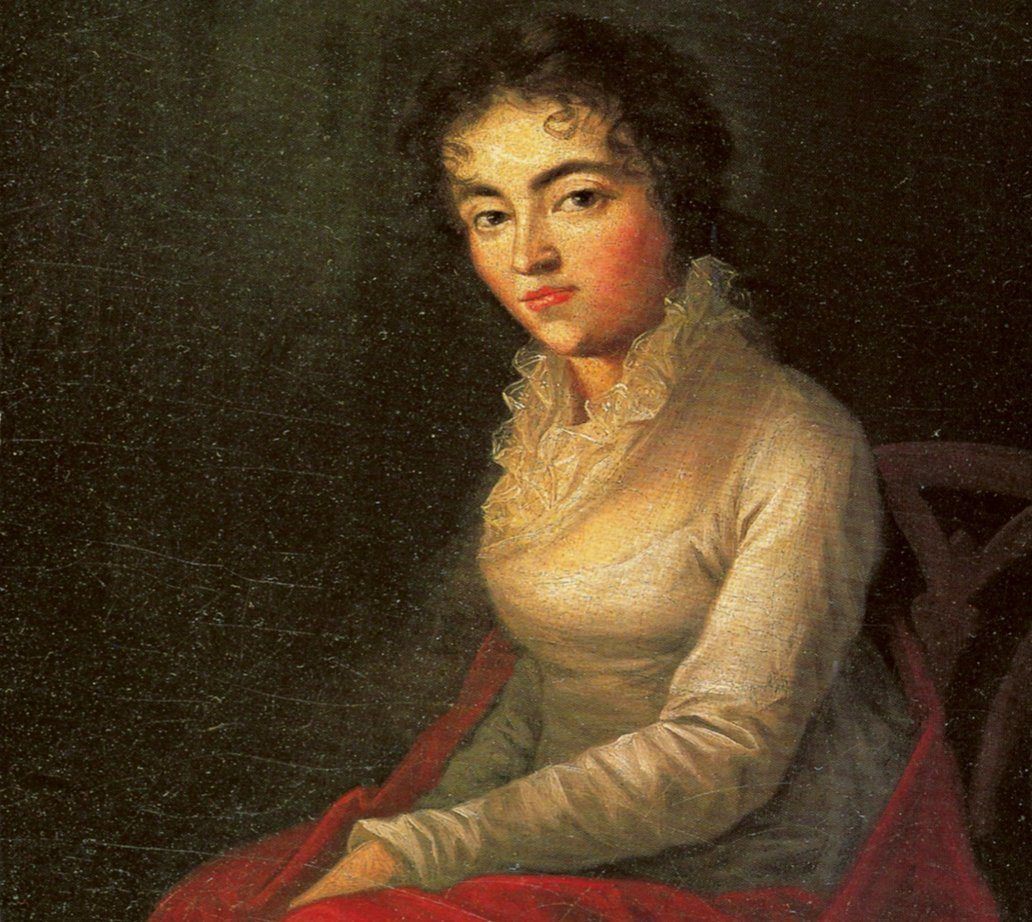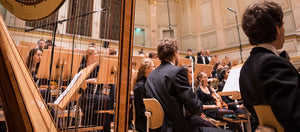The Love Story of Mozart and Constanze

When we speak of Wolfgang Amadeus Mozart, the conversation often revolves around his legendary compositions, his prodigious childhood, or his tragic early death. Less frequently discussed is the woman who shared his life, loved him deeply, and played a crucial role in preserving his legacy: Constanze Mozart (née Weber). Far more than just "Mozart's wife," Constanze was a talented singer, a mother, a widow, a businesswoman, and a guardian of history.
A Young Woman with Musical Roots
Born on January 5, 1762, in Zell im Wiesental, Germany, Constanze Weber grew up in a musical family. Her sister Aloysia Weber was a well-known soprano and even caught Mozart’s romantic interest before he fell in love with Constanze. The Weber family moved to Vienna in the late 1770s, where Constanze honed her own musical skills in a vibrant cultural scene.
A Love Story That Defied Convention
Mozart and Constanze met in Vienna, where he was boarding at the Weber household. Despite family objections and Mozart's financial instability, the couple married on August 4, 1782, at St. Stephen's Cathedral in Vienna. Constanze was 20 years old; Mozart was 26.
Their marriage, while often romanticized, was not without hardship. The couple faced debt, illness, and professional uncertainty. Yet Mozart's letters reveal a deep affection for his wife. He called her his "little wife" and often wrote to her in playful, loving tones. 
Joseph Lange [Public domain]
Life as a Mother and Muse
Constanze gave birth to six children, though only two—Karl Thomas and Franz Xaver—survived infancy. In addition to caring for her household, she was an active supporter of Mozart's career. She managed his sheet music, helped organize concerts, and participated in salon gatherings that promoted his compositions.
Despite persistent health issues, Constanze sang in public and was praised for her talent. She also performed some of her husband’s works, adding another layer of collaboration to their partnership.
Widowhood and Preservation of a Legacy
Mozart died suddenly in December 1791, leaving Constanze a 29-year-old widow with significant debt and two young sons. Rather than succumb to despair, she became a fierce protector of Mozart's legacy.
She organized memorial concerts, published his works, and ultimately helped elevate Mozart’s posthumous fame. Her efforts generated enough income to provide her children with an education and secure her own financial stability.
In 1809, she married Georg Nikolaus von Nissen, a Danish diplomat who later wrote one of the earliest biographies of Mozart—greatly influenced by Constanze's recollections and materials.

Joseph Lange [Public domain]
A Woman Deserving of Her Own Spotlight
Today, Constanze Mozart is often remembered in the shadow of her husband. But she deserves individual recognition as a woman who navigated the complexities of love, art, motherhood, and business in the 18th century.
Her resilience, intellect, and musicality made her not just a muse but a manager, not just a widow but a strategist. Without her, many of Mozart’s most beloved compositions might have been lost to time.
Experience Their World
Attend a Mozart concert in Vienna: https://concert-vienna.com/collections/all-categories/genre-mozart-strauss-concerts

Clayton Tang [CC BY-SA 3.0]
Walk in Their Footsteps – Live the Music
Constanze and Wolfgang Amadeus Mozart lived and worked in the heart of Vienna’s musical life. Today, you can experience that same timeless atmosphere at one of the many Mozart concerts hosted in the city’s historic venues.
Whether in the golden halls of the Musikverein or an intimate Baroque palace, a [Concert Vienna Mozart performance] (https://concert-vienna.com/collections/all-categories/genre-mozart-strauss-concerts) is more than a concert—it’s a journey into their world.
Don’t just read about their story. Hear it come to life through symphonies, serenades, and arias that once echoed through the imperial capital.
Ready to experience Mozart's music just like Constanze once did? Book your seat at a Concert Vienna Mozart performance today: https://concert-vienna.com/search?type=product&q=Mozart







